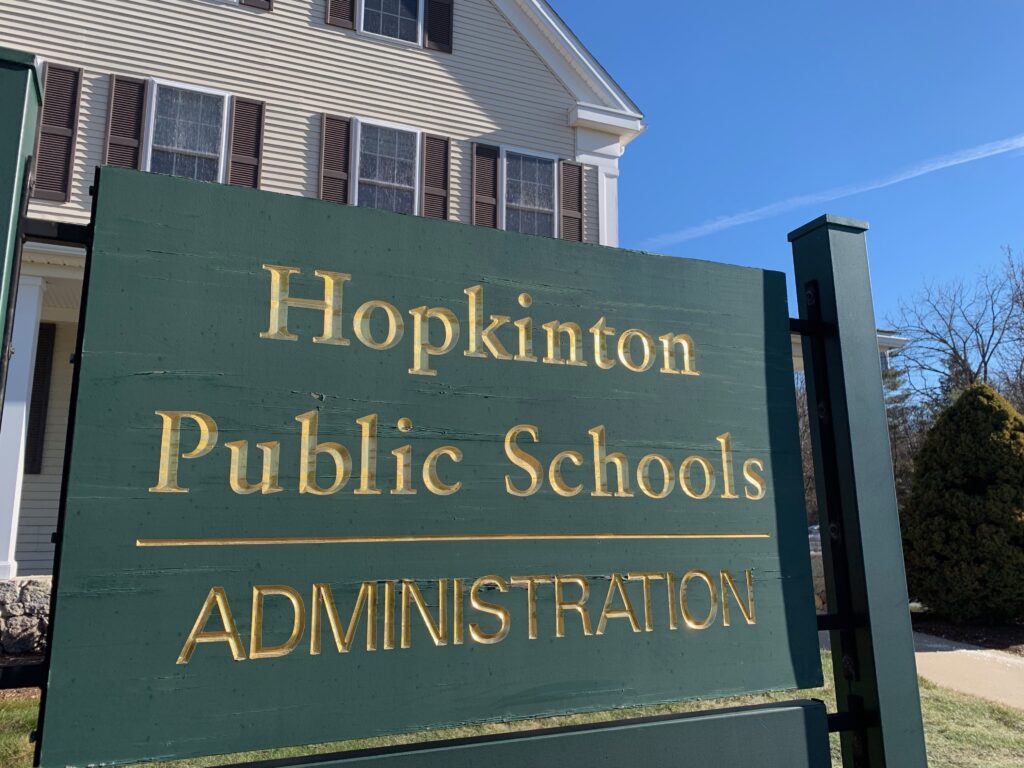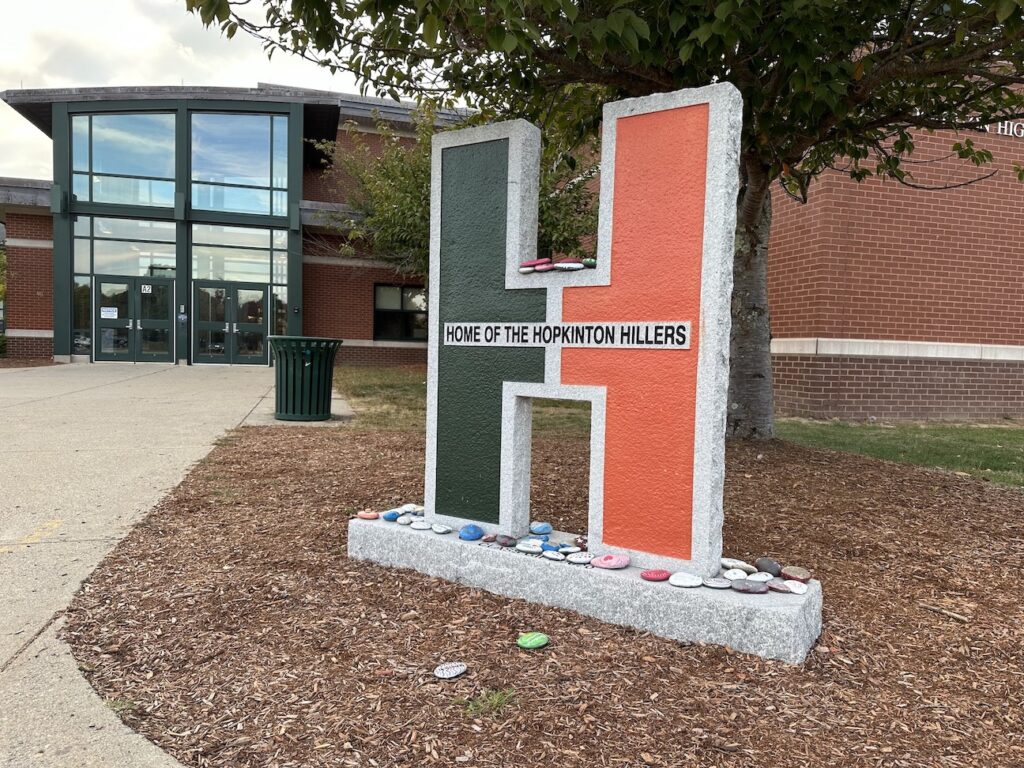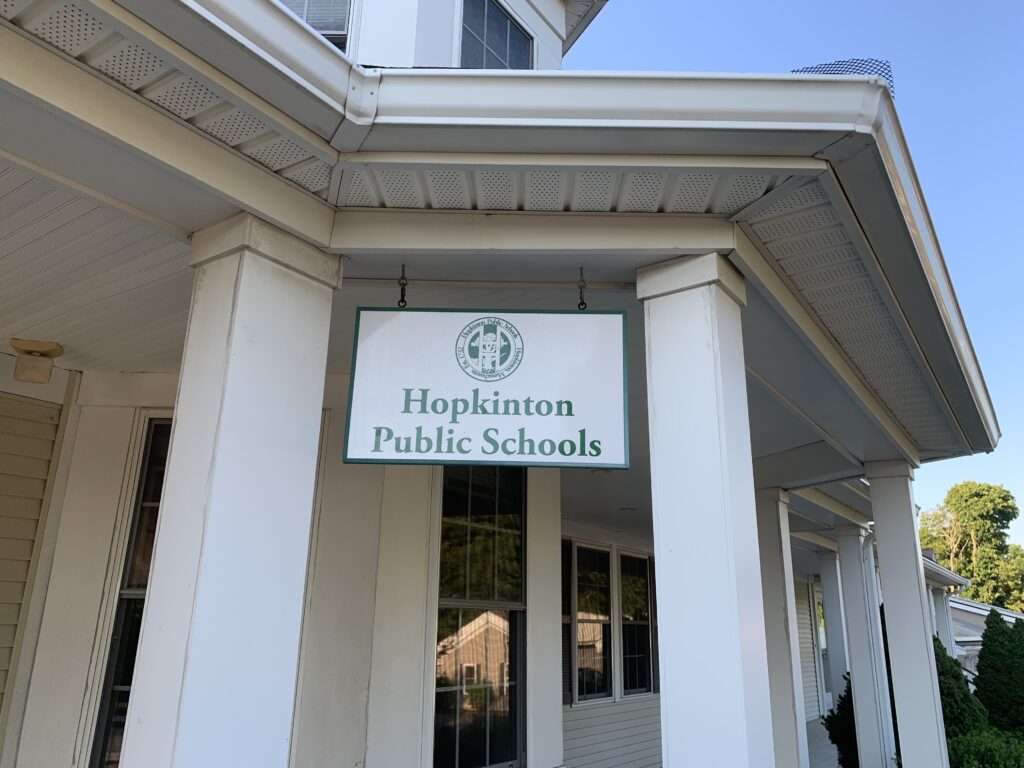Budget presentations for fiscal year 2026 dominated Thursday night’s School Committee meeting.
Assistant Superintendent for Finance and Operations Susan Rothermich introduced the process, showing data from previous years, including ‘actual spending’ numbers and how historical trends are used in projections.
Rothermich advised the committee that the town’s guidance on budgets recommends increases of no more than 5%.
Technology notes security costs
Ashoke Ghosh, director of technology, said his $174,681 increase is the result of several factors, including a proposed 0.4 full-time equivalent technician position as well as licenses to maintain core equipment for classrooms, provide 600 iPads for Marathon Elementary School, keep up with inflationary costs and cover curricula instructional software, among other things.
Ghosh noted that over the past five years, 3.4 full-time positions were reduced, and technical support is “something the district depends on.”
The largest increase is in technology infrastructure (a $104,000 increase, or 68%) to provide for new network security. In response to questions, Ghosh said the district works with a collaborative that offers competitive pricing, and he also explored other alternatives.
The security enhancements are “at the middle range,” he said.
Part of the 6.2% net increase in his budget is the result of bookkeeping changes (moving contracted services over to a different account), Ghosh added.
Buildings/grounds seeks slight increase
Tim Persson, director of buildings and grounds, asked for a 0.7% increase of $28,328. His budget includes a request for one custodian, increases in HVAC (heat, ventilation, air conditioning), grounds materials and other extraordinary maintenance under $25,000 that is not covered as a capital item.
Persson acknowledged that part of the Hopkins School project involves renovations, and Elmwood School will be transformed into the new Charleswood School in the future.
But that does not mean those buildings will be ignored in the meantime, he said.
“We’re doing regular maintenance and will through the life of the schools,” he explained. Persson said the district would ensure the buildings are “safe and functional … as if they are going to be schools for the next 10 years.”
Special education eyes new teacher
Abby Hanscom, director of student services, had a proposed budget with a 4.3% increase. The budget includes a 1.0 severe intensive teacher at Elmwood/Marathon and three ABA paraprofessionals currently in the district. (One of those positions was approved at the last meeting.)
The need for two paraprofessionals at the middle school continues, Hanscom said.
An increase of $242,000 is for special education transportation, she explained. Part of this amount covers nursing on vans to and from out-of-district facilities. There is also a request for monitors on SPED vans.
“We need another person beyond the driver,” Hanscom said.
Other requests include $10,000 for staff training in de-escalation and $20,000 for a rental location and materials to open a retail store off-site to support the 18-22-year-old transition program.
She said a storefront would “expand the world outside of the school setting” for those older SPED students and make a “fair investment” in the program’s future.
Appropriations Committee member Jean Bertschmann was on hand to ask questions and said she applauded Hanscom for her “fresh approach financially as well as in the best interest of students.” She pointed out the budget maintains level services with the addition of one teacher.
Hanscom spoke about taking a more “aggressive” approach to acquiring circuit breaker funds to offset costs. She said she was making more claims for in-district SPED students, and it had paid off.
Bertschmann asked if other districts could pay tuition to participate in the transition program and its retail store.
Hanscom said the priority is to make sure the program is serving Hopkinton students first. However, she added, “Creativity rules the day. … If the program is established and has a great reputation, tuition is a possibility.”
Curriculum/instruction makes requests
Jeff LaBroad, assistant superintendent for curriculum and instruction, said his $2.1 million proposal covers pilot programs, renewal of electronic and print textbooks, professional development, salaries of curriculum directors, support of the English Speakers of other Languages program and more.
The increase of $305,654 amounts to 16.1%. However, he said, for context, although the increase is four times more than the SPED one, dollar-wise, it amounts to half.
The number of positions remain the same, he said, with salaries making up $1.6 million of the total and showing a $78,654 increase to meet obligations.
The expense line item is up 80.2% to pay for licenses for electronic textbooks. LaBroad explained that the district purchases two to five hard copy texts, but then licenses are required for every student.
Licenses for up to six years cost $85 per student, while one-year licenses cost $126 apiece, LaBroad said.
Math and science have the highest cost at the secondary level, he said.
LaBroad added the district “leans into” using free open-source materials for things like K-5 science.
However, he noted that some open-source resources are “not high quality and not aligned to the state and national standards we follow.”
Salaries drive overall budget
For the central office, Superintendent Carol Cavanaugh talked about the salary reserves line item, which she called “fairly dynamic, uncertain,” because negotiations are going on with teachers, custodians, nurses and cafeteria workers.
Expected increases total $1.5 million, which Cavanaugh said is a “best guess at this point.”
“That’s a large number,” chair Nancy Cavanaugh said.
Rothermich noted it covered four bargaining units of about 600 people district-wide. Salaries overall cost more than $50 million, she added.
The superintendent noted the overall budget is comprised of 80% salaries.
“We are a service industry,” she said.
Transportation accounts for a $210,146 increase, the superintendent said, which includes a contractual increase with the bus company and one additional bus, upping the fleet from 32 to 33 buses.
A total of 3,421 students (83%) are registered to ride the bus, Rothermich said.
Administrators talked about recent efforts to shorten the bus rides and ease overcrowding. A survey of families had 22.4% saying the bus rides are too long.
Improvements were made to ease overcrowding, Rothermich said, but in FY 25, four buses still are over the regulation of 55 student riders at the middle/high school levels. Zero buses are over the 77-student capacity at the elementary level.
This year, there is one bus with a 50-minute ride, a decrease from the four buses in FY 24 in the older grades. In FY 25, there are four buses at 50 minutes for younger riders, down from 16 in FY 24.
Rothermich said the district hopes to continue making improvements in terms of ride times and ridership with the addition of a bus.
She added that long-term, the opening of Charleswood School will change the current situation of “the Elmwood bus and Marathon/Hopkins bus chasing each other to the same neighborhood.”



















0 Comments